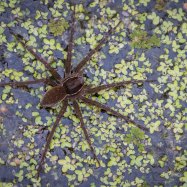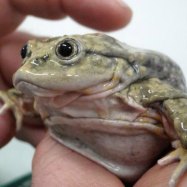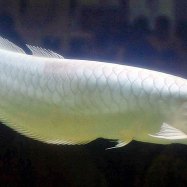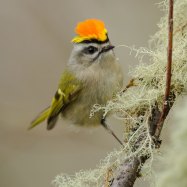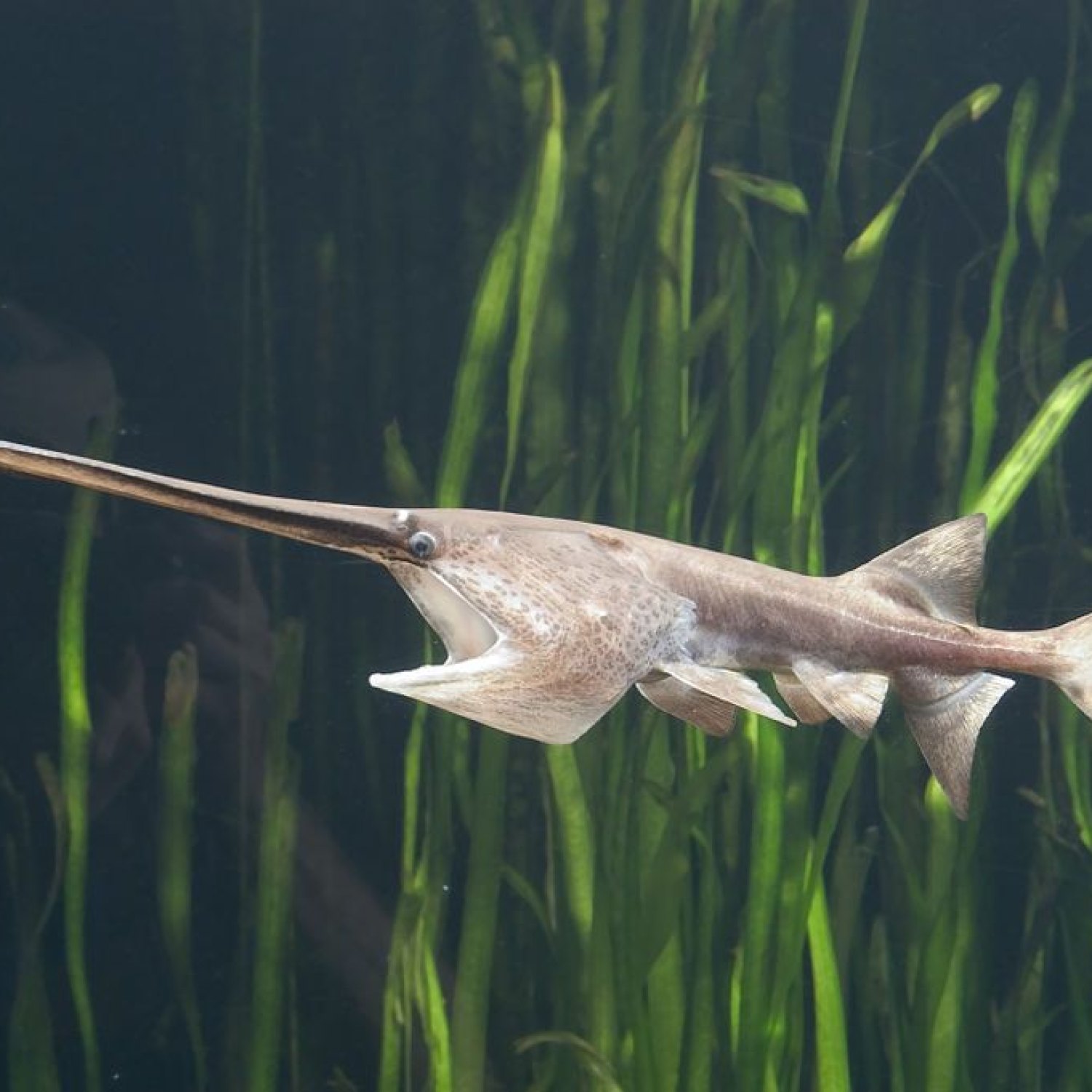
American Paddlefish
6 to 8 feet
The American paddlefish, found in the Mississippi River Basin, is a fascinating creature. With a streamlined body and a paddle-shaped snout, they can reach lengths of 6 to 8 feet. Belonging to the Polyodontidae family, their unique appearance sets them apart from other animals in Category Animals A. Learn more about these majestic fish and their habitat! #Americanpaddlefish #MississippiRiverBasin #Polyodontidae #streamlinedbody #paddleshapedsnout
Animal Details Summary:
Common Name: American Paddlefish
Kingdom: Animalia
Habitat: Freshwater rivers and lakes
The Fascinating American Paddlefish: A Freshwater Giant
In the vast and diverse world of aquatic animals, there is one that stands out for its unique beauty and impressive size - the American Paddlefish. Known for its long paddle-shaped snout and ability to filter feed, this ancient species has captured the curiosity of researchers and nature enthusiasts alike. In this article, we will dive deep into the world of the American Paddlefish to explore its habitat, feeding habits, physical characteristics, and more.The American Paddlefish, also known by its scientific name Polyodon spathula, belongs to the Animalia kingdom, Chordata phylum, and Actinopterygii class American Paddlefish. It is a member of the Acipenseriformes order, which includes other paddlefish species as well as sturgeons. The American Paddlefish is the only species in the Polyodontidae family and is native to North America, particularly the United States.
Habitat and Distribution
The American Paddlefish is a freshwater species that can be found in rivers and lakes throughout North America. Its preferred habitat is deep bodies of water with fast-flowing currents, such as the Mississippi River Basin. Due to its need for cool and oxygen-rich water, the American Paddlefish is mostly found in the northern parts of the United States, from Montana to New York.This species has also been introduced in other countries, such as China and Russia, for commercial breeding purposes. However, its wild population remains limited to North America. In the United States, the American Paddlefish is considered a sensitive species and is listed as endangered in some states due to overfishing and habitat destruction.
Feeding Method
One of the most unique features of the American Paddlefish is its feeding method American Pit Bull Terrier. This species is a filter feeder, meaning it uses its long snout to catch small organisms, such as plankton and algae, from the water. This method, known as ram feeding, involves the fish swimming with its mouth open to catch food as it passes through the water.The American Paddlefish's snout, also known as a rostrum, is equipped with thousands of tiny sensory cells that help it detect and capture food particles. As the fish swims, water enters its mouth and passes through its gill rakers, which act as a filtering system, trapping small organisms for the fish to consume. This feeding method is not only effective but also allows the American Paddlefish to continuously feed while swimming, giving it a survival advantage.
Physical Characteristics
The American Paddlefish is a magnificent sight to behold. It has a grayish to bluish-black coloration, with a streamlined and elongated body. Its most striking feature is its long, flat snout, which can reach up to one-third of its body length. The snout is covered with sensory cells called ampullae of Lorenzini, which are sensitive to changes in water pressure and help the fish navigate and find food.This species can reach an impressive length of 6 to 8 feet, with some specimens known to grow up to 7 feet in length. It can weigh up to 200 pounds, making it one of the largest freshwater fish in North America. The American Paddlefish also has a remarkable lifespan, with individuals living up to 30 to 50 years in the wild.
In addition to its unique snout, the American Paddlefish has two dorsal (back) fins and one anal fin, which are used for stability and propulsion while swimming. It also has no scales on its body, but instead, it is covered in large plates known as scutes. These scutes act as a form of protection against predators and other environmental factors.
Threats and Conservation
As mentioned earlier, the American Paddlefish is classified as endangered in some states in the United States. This species is facing numerous threats, including habitat destruction due to the construction of dams and pollution from agricultural and industrial activities. Overfishing is also a significant threat, as the American Paddlefish has been highly sought after for its caviar, which is considered a delicacy.To protect and conserve this species, various measures have been put in place. These include regulations on fishing, captive breeding programs, and habitat restoration efforts. Some states have also imposed size and catch limits for the American Paddlefish, allowing the population to recover and thrive.
Fascinating Facts about the American Paddlefish
Now that we have explored the basic biology of the American Paddlefish, here are some interesting and lesser-known facts about this remarkable species:- The American Paddlefish is sometimes referred to as the "spoonbill" due to its long, flat snout.
- In the past, this species was mistaken for a type of shark due to its similar appearance and large size.
- The oldest American Paddlefish recorded in captivity lived to be 65 years old.
- The American Paddlefish has a unique way of fertilizing eggs. Male fish release sperm into the water, and the female fish swim through it to fertilize their eggs.
- One American Paddlefish can filter close to 1,200 gallons of water every hour, making it an essential contributor to the health of its ecosystem.
- The scutes on the American Paddlefish's body can be used to determine its age, similar to tree rings.
Conclusion
The American Paddlefish is a fascinating species that has been around for millions of years, and due to its unique characteristics and important ecological role, it continues to capture the attention of researchers and conservationists. While this species may face several threats, efforts are being made to protect and preserve it for future generations to appreciate.From its unusual feeding method to its impressive size and lifespan, the American Paddlefish is truly a remarkable creature. As we continue to learn more about this species, we must also take the necessary steps to ensure its survival, preserving the rich biodiversity of our planet.

American Paddlefish
Animal Details American Paddlefish - Scientific Name: Polyodon spathula
- Category: Animals A
- Scientific Name: Polyodon spathula
- Common Name: American Paddlefish
- Kingdom: Animalia
- Phylum: Chordata
- Class: Actinopterygii
- Order: Acipenseriformes
- Family: Polyodontidae
- Habitat: Freshwater rivers and lakes
- Feeding Method: Filter Feeder
- Geographical Distribution: North America
- Country of Origin: United States
- Location: Mississippi River Basin
- Animal Coloration: Grayish to bluish-black
- Body Shape: Streamlined and paddle-shaped snout
- Length: 6 to 8 feet
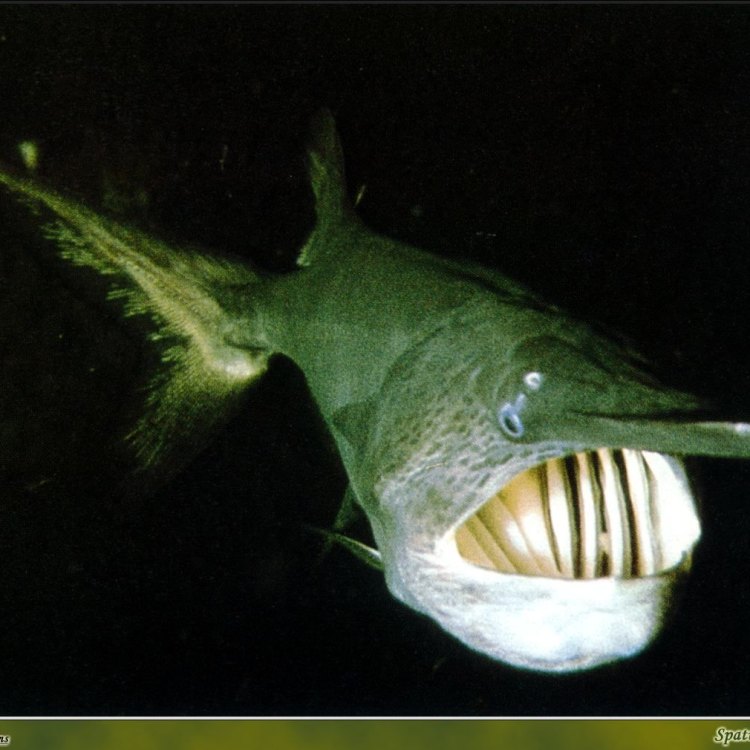
American Paddlefish
- Adult Size: Up to 7 feet
- Average Lifespan: Up to 30 years
- Reproduction: Egg-laying
- Reproductive Behavior: Spawning migration
- Sound or Call: Does not produce sounds
- Migration Pattern: Long-distance seasonal migration
- Social Groups: Solitary or small groups
- Behavior: Generally calm
- Threats: Habitat loss, overfishing, dams
- Conservation Status: Vulnerable
- Impact on Ecosystem: Key species in maintaining ecosystem balance
- Human Use: Commercial fishing for caviar and meat
- Distinctive Features: Long, paddle-like snout
- Interesting Facts: One of the oldest fish species in North America
- Predator: Large predatory fish and birds

Polyodon spathula
The Fascinating World of the American Paddlefish: A Mighty Fish with an Exceptional Journey
The world's waters are home to countless unique and mysterious creatures, but there is one fish that stands out for its extraordinary journey and distinctive features - the American Paddlefish.This ancient species, also known as the "spoonbill," has captured the attention of many with its long paddle-like snout, massive size, and fascinating life cycle. From its impressive adult size to its gentle behavior, the American Paddlefish has a story worth telling. So, let's dive into the fascinating world of this mighty fish and discover why it's truly one of a kind PeaceOfAnimals.Com.
The Basics: Size, Lifespan, and Reproduction
The American Paddlefish, also scientifically known as Polyodon spathula, is the largest freshwater fish in North America. While most freshwater fish range from a few inches to a few feet in size, this amazing fish can reach up to a whopping seven feet in length and can weigh up to 200 pounds! That's as tall as an average human being and as heavy as a full-grown adult.One of the unique features of the American Paddlefish is its extended lifespan. These fish can live up to 30 years, making them one of the oldest fish species in North America. Their slow growth rate contributes to their longevity, with females reaching sexual maturity at around 8-10 years, and males at 5-6 years old.
But what makes the reproductive behavior of the American Paddlefish particularly interesting is its egg-laying method. Unlike most fish that lay their eggs in nests in the water, the females of this species lay their eggs on submerged vegetation. These eggs are then fertilized by the males, who release their milt (sperm) onto the eggs, sticking them to the vegetation. This process is known as 'external fertilization Arabian Wolf.'
The Exceptional Journey of the American Paddlefish
Perhaps the most remarkable aspect of the American Paddlefish is its journey, specifically its "spawning migration." Each year, during the spring season, these fish embark on a long-distance journey to reach their spawning grounds.The spawning migration of the American Paddlefish can last anywhere from a few days to several weeks, covering great distances of up to hundreds of miles. These incredible creatures can sense changes in water temperature and flow, which triggers their journey towards the spawning grounds.
This long-distance migration is crucial for the survival of the American Paddlefish, as it ensures genetic diversity and also facilitates the production of new offspring. This exceptional journey is a testament to the adaptability and resilience of this species.
Social Behavior and Threats
American Paddlefish are generally solitary animals, although they may gather in small groups during the spawning season. They are also known to exhibit a calm and gentle demeanor, often seen slowly gliding through the water.However, despite their calm nature, American Paddlefish are facing a number of threats that are endangering their population. One of the biggest threats is habitat loss, as human activities such as dam construction, water pollution, and destruction of spawning grounds have significantly impacted their habitat.
Overfishing, both for commercial and recreational purposes, is also a major threat to the American Paddlefish. These fish are prized for their meat and caviar, with commercial fishing being a major industry in some regions. This has resulted in a decline in their population, leading the International Union for Conservation of Nature (IUCN) to list them as a "vulnerable" species.
The Impact on Ecosystem and Human Use
The American Paddlefish plays a vital role in maintaining the balance of the ecosystem in North American waterways. As filter feeders, they consume large amounts of microscopic organisms, keeping the water clean and healthy. They are also a food source for large predatory fish and birds, making them a key species in the food chain.Apart from their ecological significance, the American Paddlefish also has a great impact on human use. As mentioned earlier, they are commercially valuable, with their caviar being a delicacy in many countries. Their meat is also highly sought after, and they are often referred to as the 'spoonbill catfish' in the southern United States, where they are a popular game fish.
Distinctive Features and Interesting Facts
As if its incredible size and unique journey were not enough, the American Paddlefish also has a distinctive feature that sets it apart from all other freshwater fish - its long, paddle-like snout. This snout, also known as a "rostrum," can be up to one-third the length of the fish's body and has sensory organs that help them detect prey.Interestingly, the American Paddlefish has eyes that sit on the top of their head, giving them a better view of their surroundings as they swim close to the bottom of the river or lake. Their dark grey, smooth skin, and lack of scales also make them stand out among other fish species.
But perhaps the most interesting fact about the American Paddlefish is that it is one of only two surviving species of paddlefish in the world, with the other being the Chinese Paddlefish. Fossils of this species date back over 300 million years, making them one of the oldest living species on the planet.
Predators and Conservation Efforts
While adult American Paddlefish have few natural predators, their young are vulnerable to large predatory fish and birds such as catfish, alligator gar, and bald eagles. These fish are also highly sensitive to pollution, which can result in deformities and mortality among their young.To prevent further decline in their population, various conservation efforts have been implemented. The United States Fish and Wildlife Service has listed them as a "Species of Concern," and several states have also implemented regulations to limit commercial fishing and protect their spawning grounds.
Research is also being conducted to better understand the biology and behavior of American Paddlefish, which can aid in their conservation and management. Programs such as artificial breeding and restocking efforts have also been implemented to supplement their natural populations.
The American Paddlefish: A True Wonder of Nature
The American Paddlefish is a marvel of nature, with its remarkable size, long lifespan, and extraordinary journey. This gentle giant is not only a key species in maintaining the balance of our ecosystem, but it also has a significant impact on our daily lives.While it faces threats from habitat loss and overfishing, efforts are being made to protect and conserve this remarkable species for future generations to appreciate and admire. With its distinctive features and unique way of life, the American Paddlefish truly deserves its place as one of the most fascinating fish in the world.
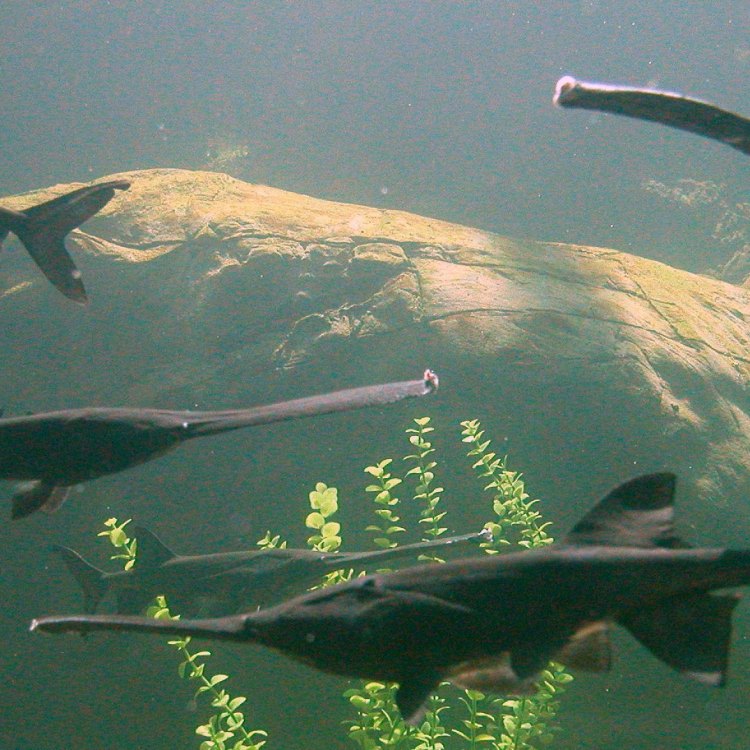
The Fascinating American Paddlefish: A Freshwater Giant
Disclaimer: The content provided is for informational purposes only. We cannot guarantee the accuracy of the information on this page 100%. All information provided here may change without prior notice.





